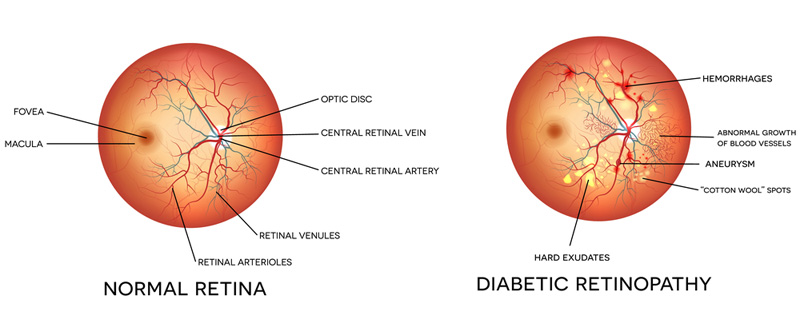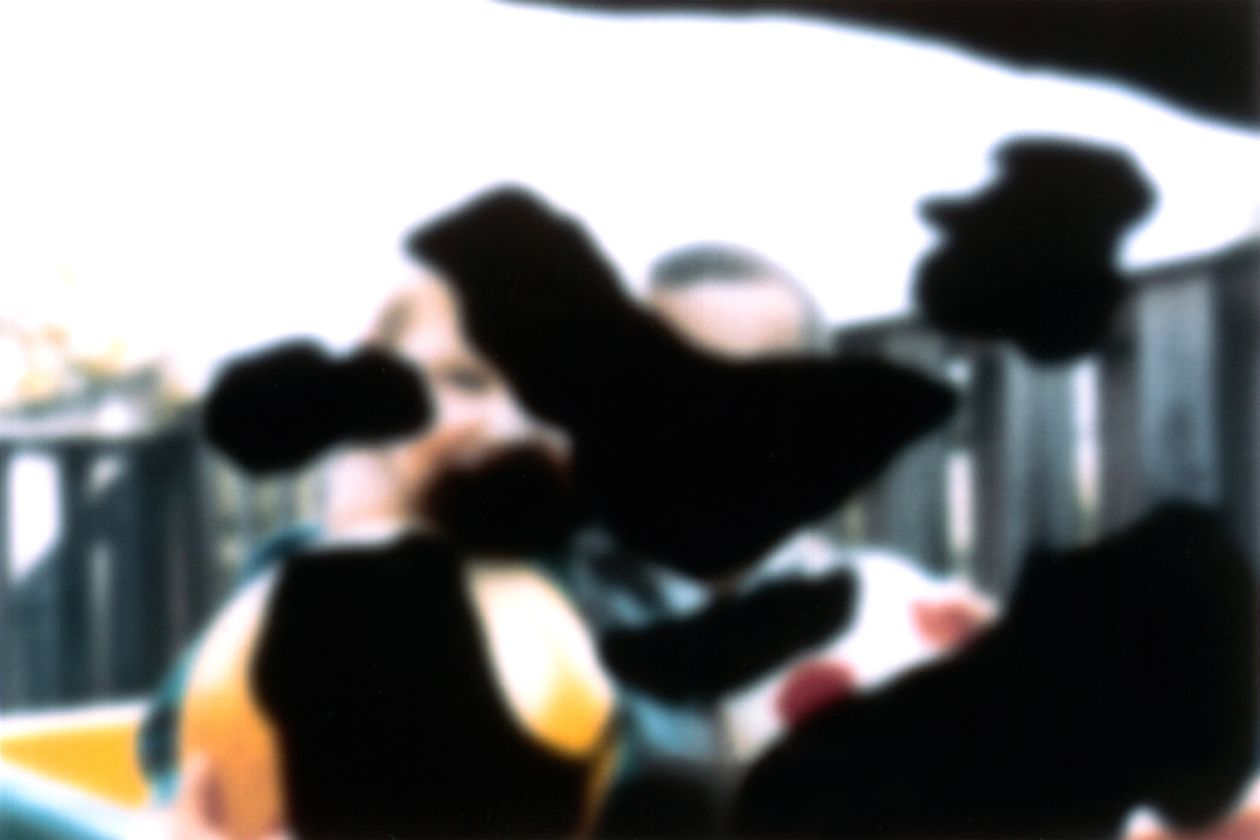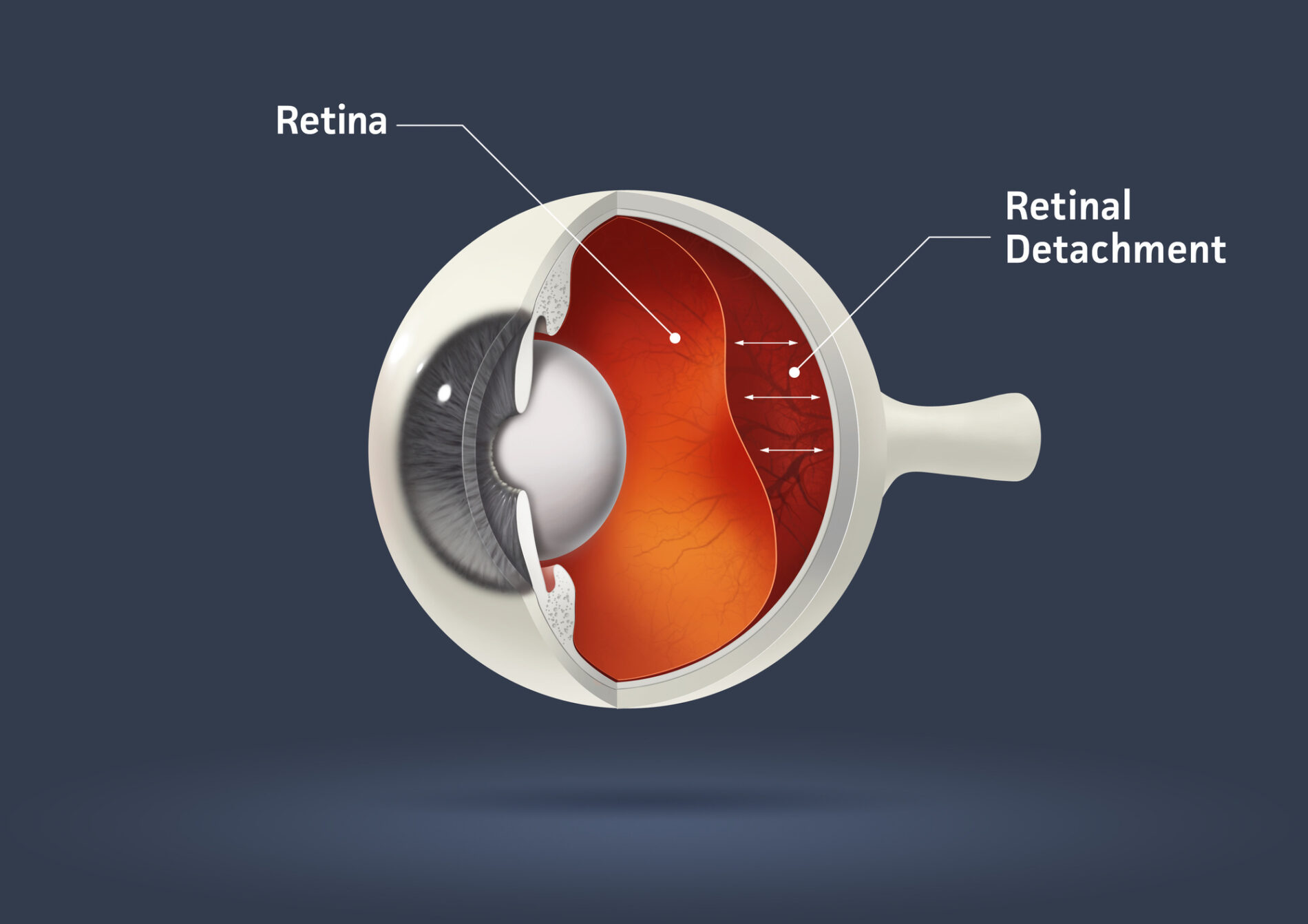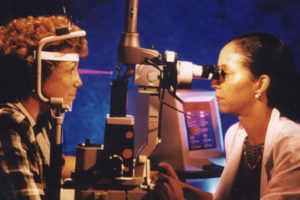Contents
What is Diabetic Retinopathy?
Diabetic retinopathy is an eye disease that is caused due to diabetes in people. This leads to blurred vision and damage to blood vessels in the retina part of the eye.
Causes of Diabetic Retinopathy
It is an eye disease that leads to damage of blood vessels present in the retina of the eye. It is caused due to pre-existing diabetic conditions in people. Diabetic retinopathy causes mild vision problems but can lead to severe conditions and make a person blind. This is most commonly found in patients who have type 1 diabetes or type 2 diabetes and do not control their blood sugar levels.
The increased amount of blood sugar level in the blood causes blockage in the blood vessels present in the retina part of the eyes. This blockage then leads to a low or no supply of blood in these blood vessels. These blood vessels then start to leak causing problems in the vision of the person affected with diabetes.
Stages of Diabetic Retinopathy
There are two main stages which include early diabetic retinopathy and advanced diabetic retinopathy.

Early Diabetic Retinopathy
This is also called non-proliferative diabetic retinopathy (NPDR). It is the most common disease in people suffering from diabetes. In this stage of the disease, the walls of blood vessels weaken and form tiny bulges which begin to leak fluid in the retina. This causes the irregular diameter of blood vessels present in the retina. As the stage progresses it also causes the macular part to swell up and causes macular edema and macular ischemia. This happens only when the blood does not reach the blood vessels present in the macula region. This stage of diabetic retinopathy causes blurry vision.
Advanced Diabetic Retinopathy
This is also known as proliferative diabetic retinopathy. This is a more serious type of stage and can cause blindness in the person suffering from this stage of diabetes. When the blood vessels get blocked there is an abnormal growth of new blood vessels in the retina which causes the release of fluid and fills the centre of the eye. They then form scar tissue that detaches the retina and causes problems related to the macula. The fluid increases the pressure present inside the eyes and can cause damage to the optic nerve. When the fluid is released then you may experience dark floaters, and if the bleeding of fluid continues it causes loss of vision which can’t be reversed.
- Risk Factors
People who have diabetes are at higher risk of having diabetic retinopathy. The duration of diabetes and no control on blood sugar level are the risk factors associated with the disease. Other risk factors that cause this disease are high cholesterol, high blood pressure, pregnancy, and the use of tobacco.
Symptoms of Diabetic Retinopathy
The symptoms are not visible easily but as the disease progresses you may notice dark strings floating in your vision which are called dark floaters, there may be blurring of vision along with fluctuating and impaired colored vision. There would also be dark and empty areas of vision in the advanced stage of diabetes. You may suffer from vision loss if the disease does not get treated on time.
Diabetic retinopathy usually affects both the eyes and in severe cases the person experiences vision loss which is irreversible. If you experience slight changes in your vision it is advised to visit an ophthalmologist to get treated for the disease. Diabetic pregnant women are at higher risk of developing diabetes and are advised to visit doctors regularly throughout the pregnancy period.

Complications of Diabetic Retinopathy
The complications associated with diabetic retinopathy can lead to various vision problems like:
Vitreous Haemorrhage
The abnormal growth of new blood vessels in the retina part of the eye causes the release of fluid into the vitreous chamber. As the chamber gets filled with the fluid there is the appearance of dark floaters in vision and it leads to blocking of vision completely. If detected early it can be prevented by removing the fluid and the vision can be restored back to normal until and unless the retina gets damaged.

As the disease progresses and the diabetic retinopathy stimulates the growth of the scar tissue, they cause the retina to detach from the back of the eye. This causes spots floating in the vision, flashes of light, and causes severe vision loss.

Glaucoma
There is an increase in the formation of new blood vessels in the front part of the eye which blocks the flow of fluid into the eye and causes increases in the pressure of the eye leading to glaucoma. Diabetic retinopathy also damages the optic nerve. The presence of diabetic retinopathy and glaucoma can lead to complete loss of vision.
Treatment of Diabetic Retinopathy
Treatment of diabetic retinopathy depends on the stage in which the person is on. If you are at an early diabetic retinopathy stage then there is no need for treatment as it goes away if the blood sugar level is maintained properly. You should coordinate with your endocrinologist and should ask the ways to improve your blood sugar level. A good blood sugar level slows the progression of the disease. In advanced diabetic retinopathy, there are treatment options available based on your condition.
Vitrectomy
If the vitreous chamber starts filling with the fluid then a vitrectomy is performed. In this, a small incision is made and fluid is drained out. Doctors may also suggest injecting medicine into your eye directly. These types of medicines stop the growth of the new blood vessels by blocking their growth signals.
Pan-retinal Photocoagulation
An ophthalmologist may also suggest pan-retinal photocoagulation in which the scattered laser beams are used to shrink the abnormal blood vessels. This treatment usually takes time of about two to three sessions and has side effects including possible loss of night vision and peripheral vision.
Photocoagulation is another laser treatment in which the leakage of blood and fluid in the eye can be stopped using laser burns. It reduces the chances of getting macular edema but it cannot reverse the blurry vision caused due to macular edema.

Both types of laser treatments are done by the doctor themselves in their clinic and can take up to two to three sessions. There is also an option of getting medicines for the treatment of diabetic retinopathy. It is necessary to get treatment for the diseases as early as possible as vision loss can’t be reversed. Receiving early treatment and keeping control of blood sugar levels is the way to prevent vision loss.
Preventions
- Maintaining a proper blood sugar level and good control in the diet can easily prevent the disease from progressing and causing severe vision problems.
- People who have diabetes are at high risk of contracting this disease so it is therefore advised to have a healthy routine. This routine includes eating healthy and devoting an hour to physical activity which will help in maintaining the blood sugar level.
- Taking medications or insulin injections will lower the chances of getting diabetic retinopathy.
- Regular monitoring of blood sugar levels needs to be done if you are ill or are under any kind of stress.
- You also need to keep the blood cholesterol level under control by eating healthy food items and engaging yourself in physical exercises.
- Proper attention needs to be given if you feel any changes in your vision.
- Active participation in controlling diabetes can prevent diabetic retinopathy.
A Word From MantraCare
Do you want to get rid of diabetes? Join our online diabetes consultation program and reverse your Diabetes naturally through lifestyle changes such as a Personalized Diet plan, Exercise, dieticians, and health coaches.


